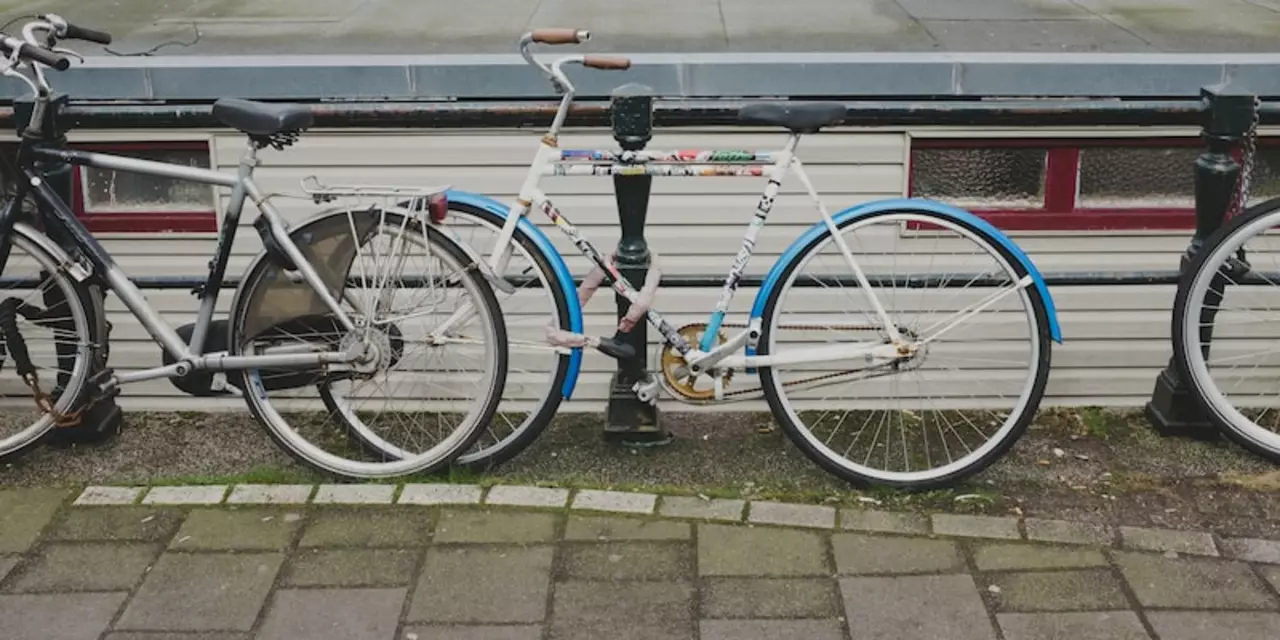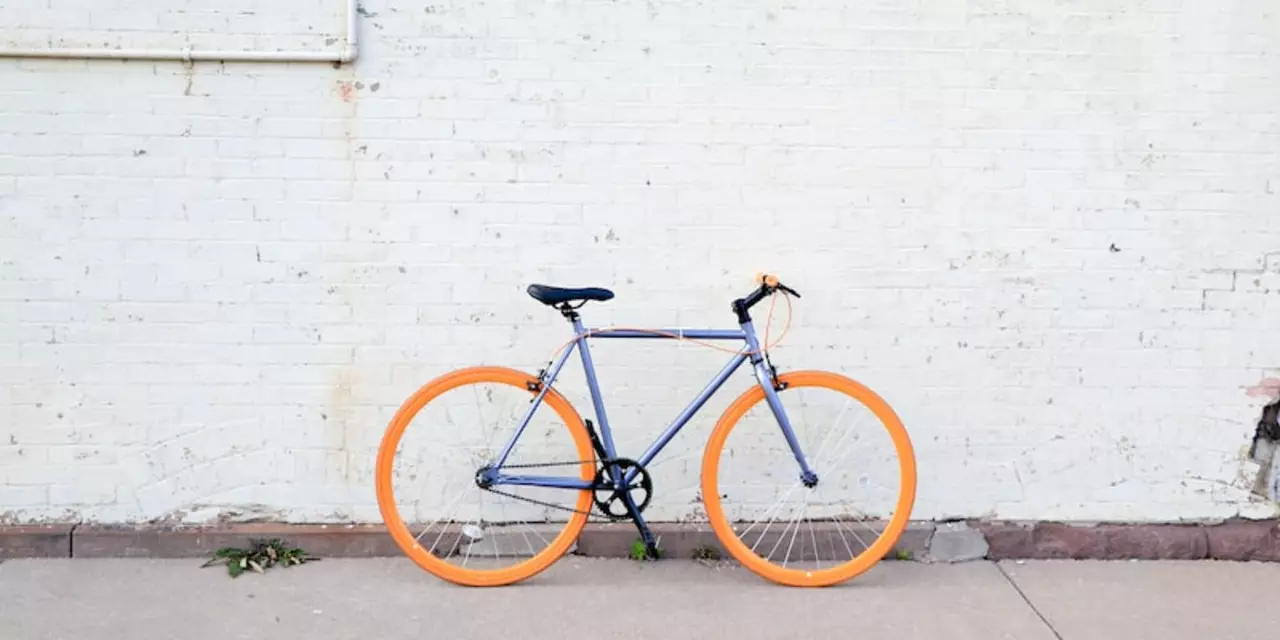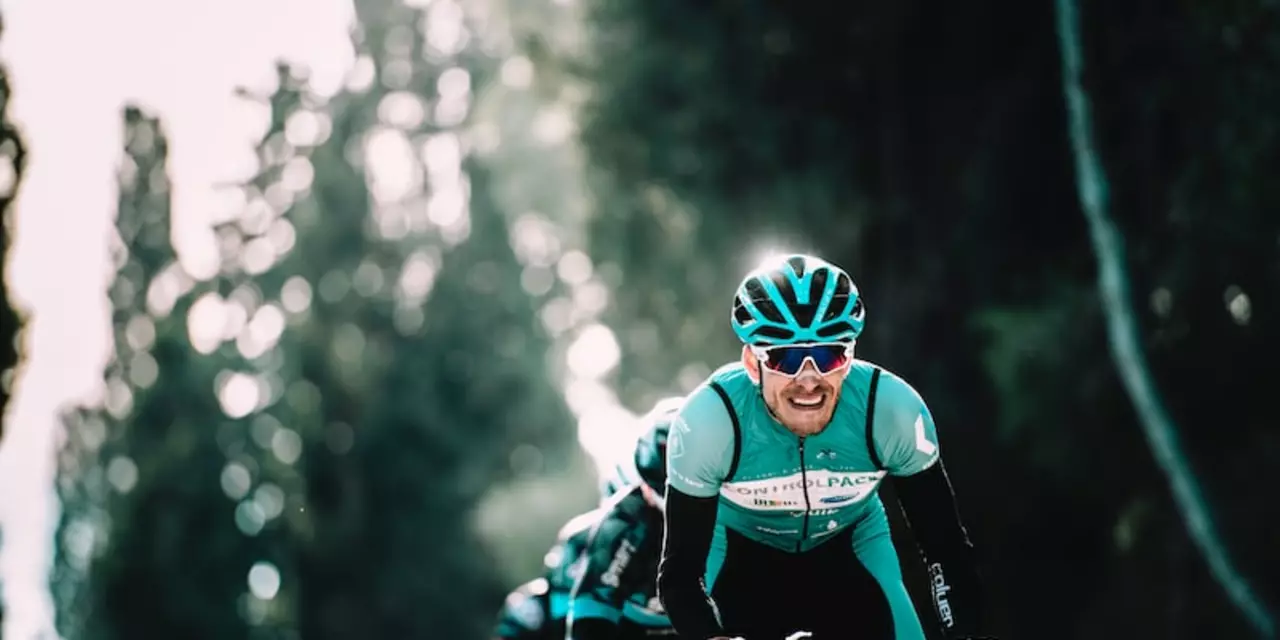Exercise Resources for Cyclists – Ride Stronger and Safer
Whether you’re tackling a steep hill in Southmead or cruising the canal towpath, the right exercise makes a huge difference. This page pulls together the best posts about training, fitness and practical tips that help you pedal harder, recover faster, and stay injury‑free. Grab a water bottle and let’s get moving.
Why Exercise Matters for Mountain Biking
Mountain biking isn’t just about leg power – it’s a full‑body workout. Strong core muscles keep you balanced on technical descents, while shoulder and arm strength help you control the bike over roots and rocks. Cardio fitness lets you maintain a steady pace on long climbs without choking. When you mix endurance rides with short, high‑intensity bursts, you train the same energy systems you’ll use on a race or weekend ride.
Our post “Is it okay to ride a stationary bike 6 days a week?” shows how low‑impact indoor sessions can boost stamina without overloading joints. Pair that with “What should I wear for a mountain biking?” to stay comfortable while you sweat. The result? Less fatigue, better focus, and more fun on the trail.
Practical Workouts You Can Try
Start with a simple interval routine: warm up 10 minutes easy, then do 4 × 3‑minute hard efforts followed by 2‑minute easy spins. Finish with a 10‑minute cooldown. This mirrors the bursts of effort you feel on a climb and the recovery on the flat sections.
If you prefer strength work, try body‑weight circuits after a short ride. Do 3 rounds of 15 squats, 10 push‑ups, 20‑second plank, and 12 lunges each leg. Those moves hit the legs, core and upper body – exactly what you need for stable bike handling.
Don’t forget flexibility. A quick 5‑minute stretch routine after riding—hamstring stretch, hip flexor stretch, and shoulder rolls—keeps muscles loose and reduces the chance of tightness on the next ride.
Looking for more ideas? Check out the post “Why is cycling a team sport?” for group ride strategies that naturally incorporate training drills, and “Can you wear limited clothing to go cycling?” for gear tips that keep you cool during those sweaty workouts.
By mixing cardio, strength and flexibility, you’ll notice quicker climbs, smoother descents, and fewer sore days. Keep an eye on how you feel, adjust intensity when needed, and enjoy the extra energy on every ride around North Bristol.
What are some stationary bike exercise tips?
Stationary bikes are a great way to get a cardio workout without having to go outside. This article offers some tips on how to get the most out of a stationary bike workout. Firstly, setting a goal and tracking progress is key. Secondly, it’s important to adjust the bike settings to fit your body type. Thirdly, vary intensity and resistance levels throughout the workout. Fourthly, use a timer to ensure you stay focused and motivated. Finally, end with a cool-down period to help your body recover. Following these tips will ensure you get the most out of your stationary bike workout.
Is 20 minutes on a stationary bike enough?
This article discusses the amount of time needed to spend on a stationary bike in order to get a good workout. The article suggests that 20 minutes is enough time to get the benefits of a workout. It also states that the intensity of the workout should be considered when deciding how long to spend on the bike. Finally, the article suggests that for those looking for a more intense workout, 30-45 minutes on the stationary bike is recommended. In conclusion, 20 minutes on a stationary bike is enough time to get a good workout, but the intensity of the workout should be taken into consideration when deciding how long to spend.
What kind of cycling do you do?
This article explores the different types of cycling and how to get the most out of each. It covers road cycling, mountain biking, BMX, track cycling, and urban cycling. Each type of cycling has its own set of benefits and challenges. For example, road cycling allows riders to cover longer distances and is great for endurance and speed, while mountain biking is more suited to rough terrain and technical riding. BMX, track cycling, and urban cycling are all great ways to stay fit and have fun. No matter which type of cycling you choose, it's important to wear the right protective gear and to stay safe.





